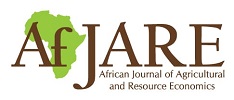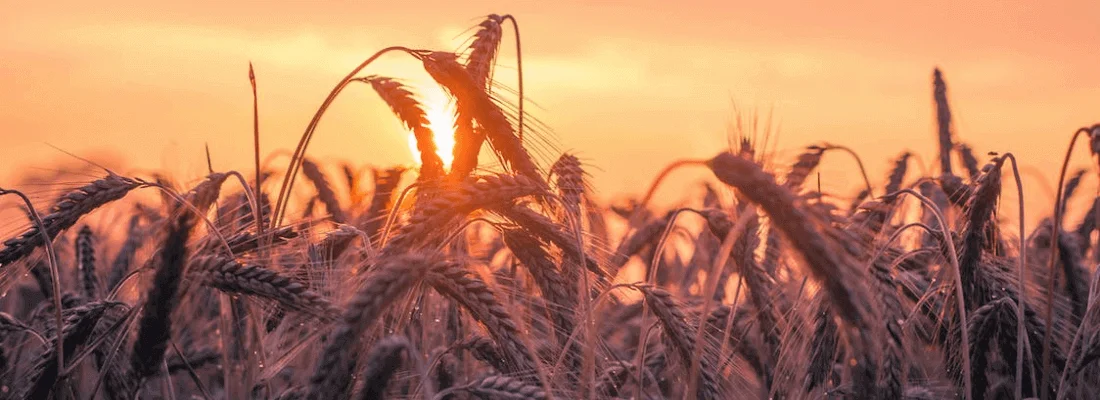
Supports Open Access
0.5 Impact Factor



African Journal of Agricultural and Resource Economics (AfJARE)
A publication of the African Association of Agricultural Economists (AAAE)
Latest Publications
Facteurs déterminant l’adoption des stratégies d’adaptation au changement climatique par les agricultrices rurales au Burkina
En se basant sur les pratiques endogènes de restauration de la fertilité des sols les plus connues dans la région du nord du Burkina Faso, cet article analyse l’adoption de stratégies supplémentaires d’adaptation au changement climatique à l’aide de données primaires collectées auprès de 106 agricultrices.
Can public expenditure on agriculture mitigate the effect of climate variability on agricultural credit in Africa?
This study investigates how public agricultural expenditure can mitigate the effect of climate variability on banks’ agricultural credit supply in sub-Saharan Africa.
Farmers’ willingness to pay for agricultural extension services in Limpopo province, South Africa
This study employs a binary probit model on a sample of 319 smallholder farmers in Thulamela and Collins Chabane municipalities to examine their willingness to pay for agricultural extension services.
Relationship between poverty and climate: Does climate variability drive rural poverty in Zimbabwe?
Zimbabwe has set poverty reduction targets in a changing climate, yet the implications of climate variability for poverty remain under-explored.
Effect of privatisation on the productivity of sugarcane out-growers in Dwangwa Cane Growers Limited, Malawi
This study examines the impact of privatisation on the productivity of smallholder sugarcane out-growers in Malawi using a case study of Dwangwa Cane Growers Limited (DCGL).
Adoption and yield impacts of improved groundnut varieties in Nigeria: Application of the potential outcomes framework
Using the potential outcomes framework, we estimate the influence of the adoption gap, adoption drivers and impact of adopting improved groundnut varieties (IGVs) on groundnut yield among smallholder farmers in Nigeria.
Volume 20
While irrigation is key to boosting agricultural productivity in Burkina Faso, it may come with hidden health costs. Drawing on data from over 1 000 households in the Sourou Valley and using propensity score matching, this study uncovers the unintended consequences of irrigation for public health.
This study examines whether Liberian consumers are willing to pay for new, locally produced nutrient-dense rice, and if farmers are willing to grow such rice.
Volume 19
The current study investigated the impact of using information and communication technology-based weather information services on the adoption of climate change adaptation strategies.
Understanding rice farmers’ responses to market prices is essential for policy makers to design effective policies to better manage input demand and rice supply. This paper applies duality theory to derive the elasticities of input demand and output supply for Vietnamese rice production using a translog profit function approach.
This study examines the impact of privatisation on the productivity of smallholder sugarcane out-growers in Malawi using a case study of Dwangwa Cane Growers Limited (DCGL).
Volume 18 (2023)
This study ascertained the influence of farmers’ perceptions of climate change effects and their household characteristics on the choice of adaptation technologies they adopt. The survey relied mainly on institutional and primary data for its analysis.
This study evaluated the effect of agriculture, industry, manufacturing and the service sector on economic growth for the period 1991 to 2020 using the autoregressive distributed lag stationarity (ARDL) bounds-testing approach.
Cette étude examine l'impact économique de l'utilisation des semences améliorées sur la sécurité alimentaire des ménages ruraux au Cameroun.

